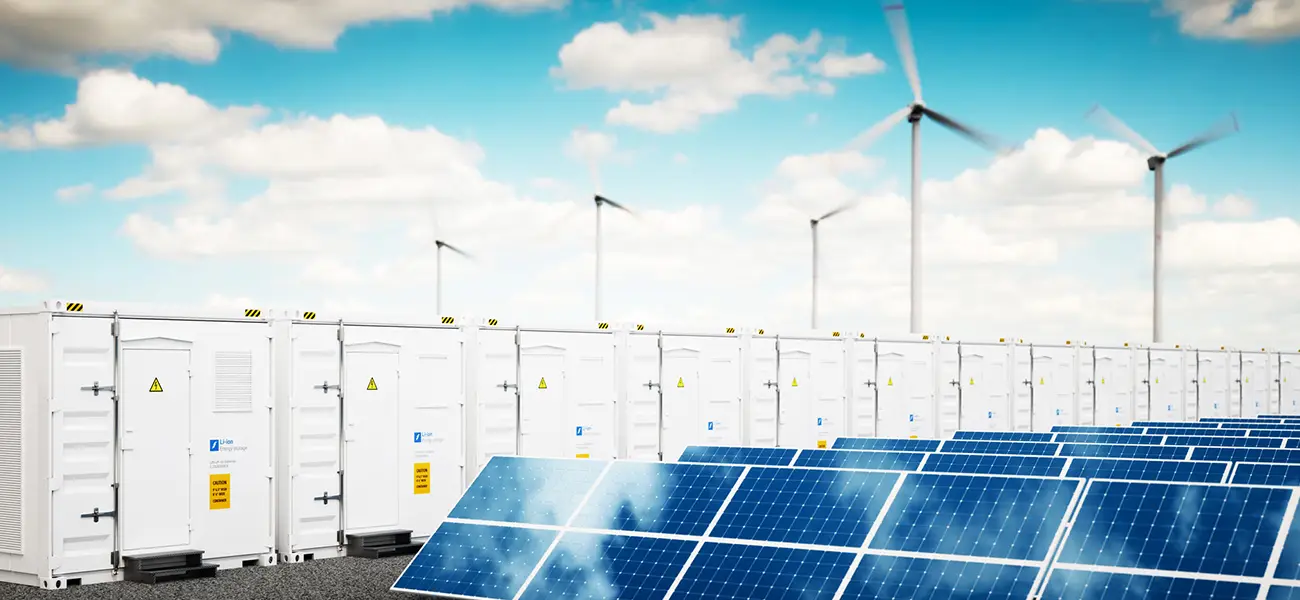Renewable Energy
development
Think Green
We would love to live with peace on clean planet. We contribute
Aema Operational Scheme
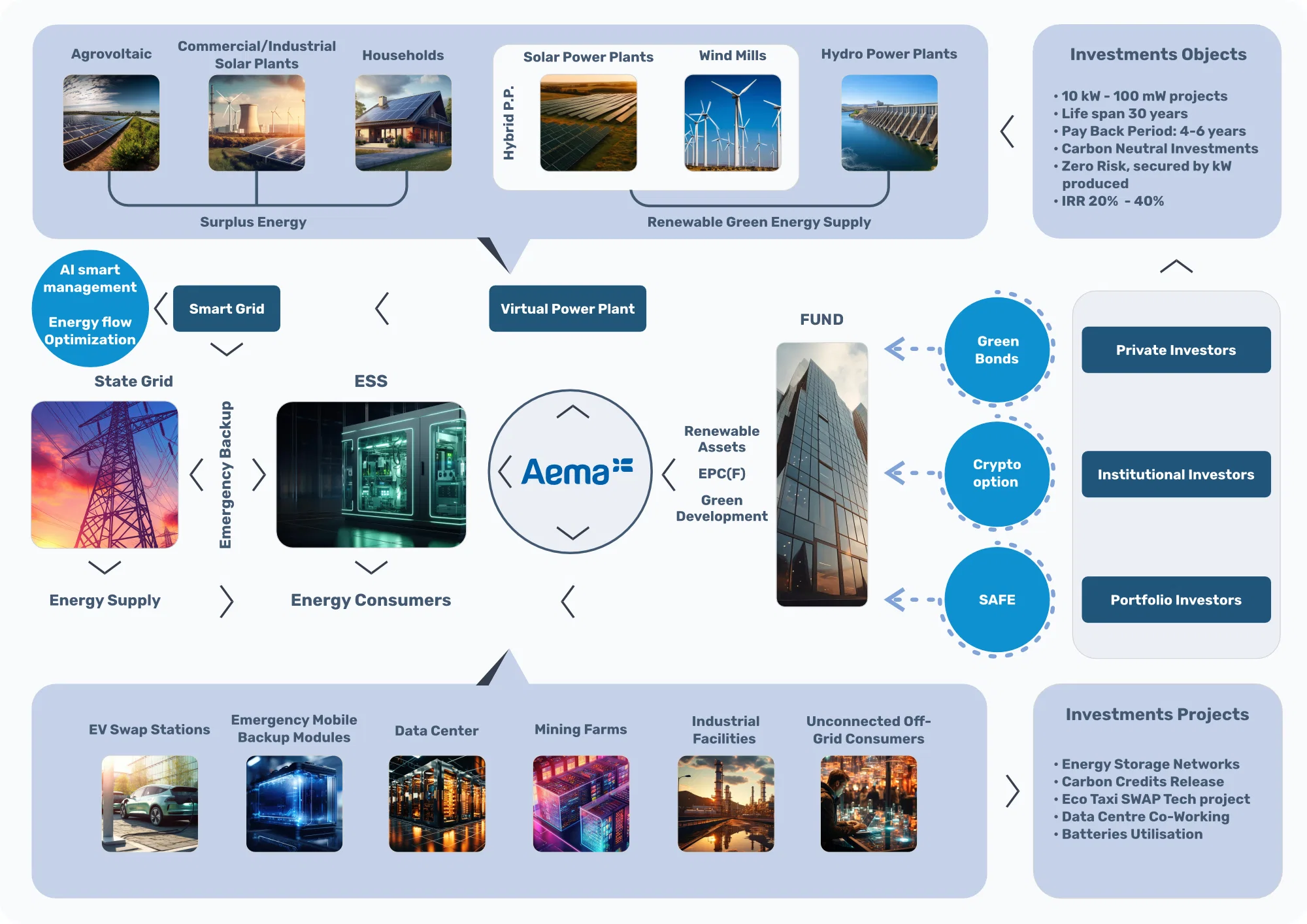
Hybrid Renewable Energy Plants
Grid Independence: Enjoy less reliance on traditional power grids and lower outage risks
Cut Costs: Minimise long-term energy expenses
Long Lifespan: Expect a renewable energy source for 25-30 years
Eco-Friendly: Drastically cut greenhouse gas emissions compared to fossil fuels
Design&Build Algorithm: 9 – 12 months “turn key”
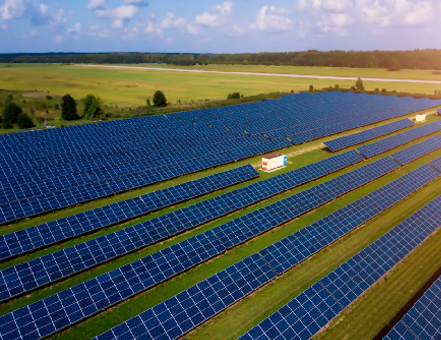
High-Efficiency Panels: Our solar technology ensures superior energy conversion: 460 W, 550 W, 580 W, 660 W
The degradation of silicon plates occurs at a rate of no more than 0.5-0.6% per year of the panel’s nominal power. The lifespan of inverters is 20-25 years
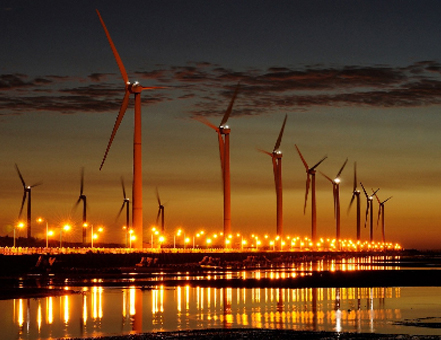
Hybrid Power Plants with energy storage provides reliable and future proof energy source
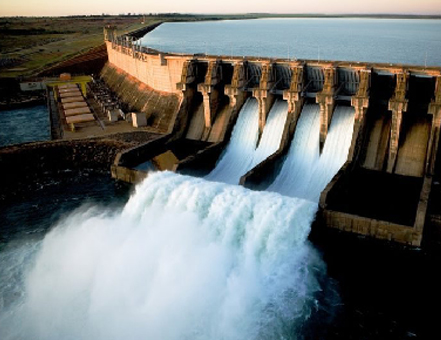
Advanced Technology: Equipped with top-notch safety features to minimise environmental impact.
The Most Clean Eco Energy with power output range from 0,1 to 10 mW
Green investment projects examples
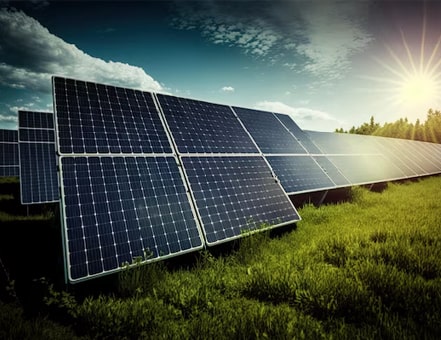
1 MW Solar Power Plant
Total Cost per 1 W: 0,7 – 0,9 €/W
Inverters Power: 0,8 mW
Power Output: 1 140 330 kW/h
Site Area: 2 ha
IRR > 20%
Pay Back Period: 4 – 6 years
Design&Build Terms: 12 months
Solar Equipment Cost: 60%
Life Span: 30 Years
Staff: 3 person

Wind & Solar Hybrid plant
NAME
Land
Wind & Solar plants
Infrastructure
Power reservation
Transformer station
Project Purchase
Contingency
Electricity expenses
487 582,35 €
114 035 000,00 €
9 281 000,00 €
2 160 000,00 €
1 590 000,00 €
9 542 500,00 €
3 800 000,00 €
1 400 000,00 €
142 296 082,35 €
113,20 MW
CAPEX W – S/MW
4 307,26 €
1 007 376,33 €
81 987,63 €
19 081,27 €
14 045,94 €
84 297,70 €
33 568,90 €
12 367,49 €
1 257 032,53 €
Energy Storage Systems
BESS TOP SOLUTIONS
In close cooperation with tier-1 ESS manufacturers we are
proud to offer the turnkey BESS top solutions
Innovative ESS for any purposes and needs Design, Delivery, Maintenance, Service
Energy Storage Systems (ESS) are critical components in the modern energy infrastructure, enhancing the efficiency, reliability, and sustainability of energy systems
| Versatile Applications: ESS can be used in various settings, including residential, commercial, and industrial, to store excess energy for later use.
| Enhanced Grid Stability: They play a vital role in stabilising the electric grid by balancing supply and demand, preventing outages, and managing energy loads more efficiently.
| Renewable Energy Integration: ESS facilitates the integration of renewable energy sources, such as solar and wind, by storing surplus energy generated during peak production times.
| Energy Efficiency Improvement: By storing energy during off-peak times when it is cheaper and releasing it during peak times, ESS can significantly reduce energy costs and improve overall efficiency.
| Backup Power Supply: ESS provides critical backup power during outages, ensuring continuous energy supply to essential services and infrastructure.
| Reduction of Carbon Footprint: By enabling a higher penetration of renewable energy and improving energy efficiency, ESS contributes to the reduction of greenhouse gas emissions and helps combat climate change.
| Technological Variety: There are multiple types of ESS, including chemical batteries (like lithium-ion), thermal storage, pumped hydroelectric storage, and flywheel energy storage, each suitable for different applications and requirements.
| Scalability and Flexibility: ESS can be scaled from small residential systems to large utility-scale projects, offering flexibility in addressing specific energy storage needs.
| Regulatory Support and Incentives: Many regions offer incentives and regulatory support for the adoption of ESS, recognizing their importance in transitioning to a more sustainable energy future.



